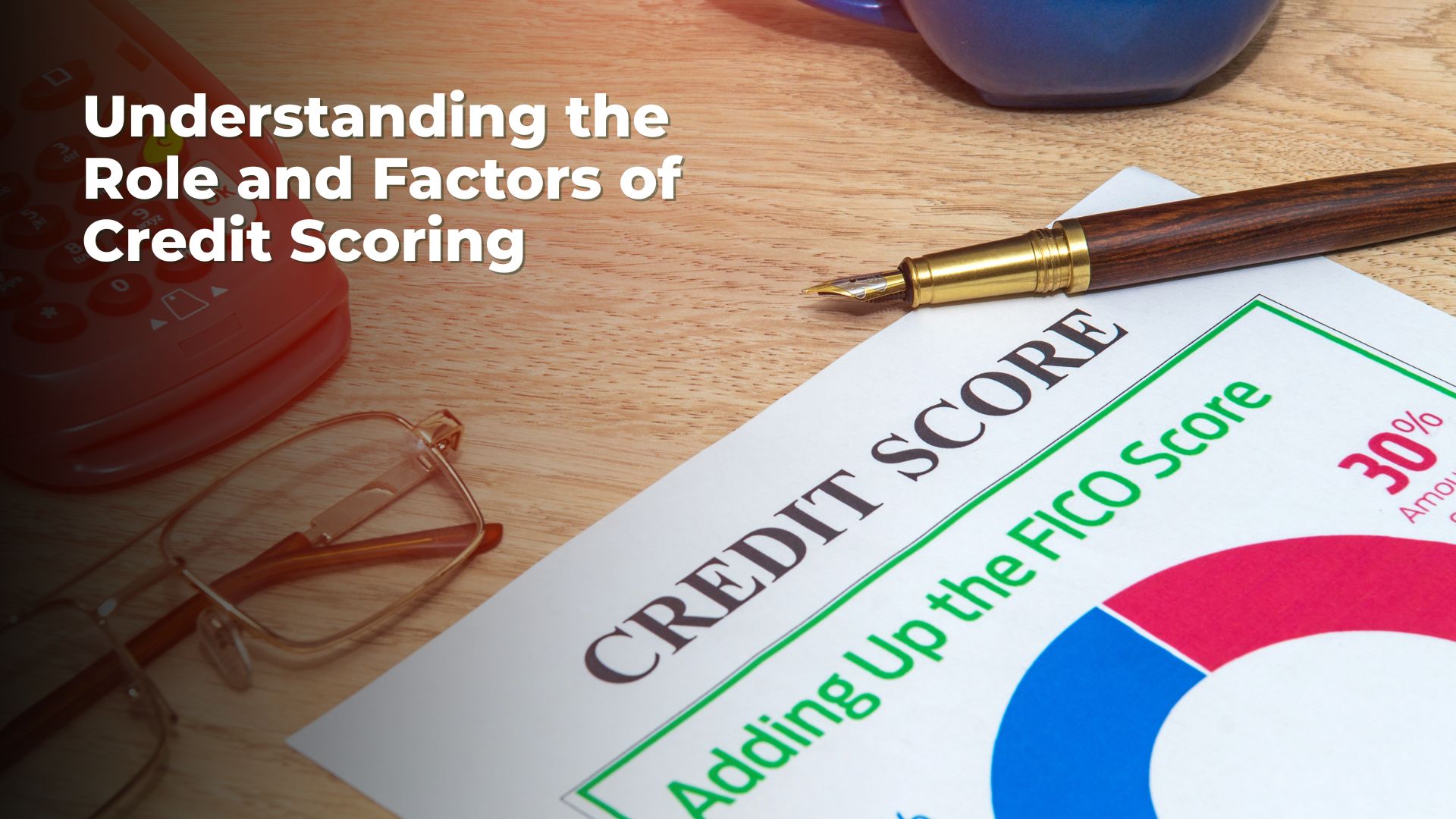

Is your business grappling with late payments and cash flow challenges? Recent data reveals that in the United States, 55% of all B2B invoiced sales are overdue, underscoring the widespread nature of this issue. Effective collection techniques are essential for preserving liquidity and promoting long-term growth, not only for collecting debts.
You can ensure the financial stability of your business by converting outstanding receivables into consistent cash flow by becoming an expert in collection efficiency. In this article, we'll delve into what collection efficiency entails, its significance, methods to calculate it, and strategies to enhance it.
Collection efficiency is a key financial metric that measures how effectively a business collects outstanding receivables within a given period. It shows the proportion of past-due payments that were successfully recovered, giving you important information about how well your accounts receivable processes work.
A high collection efficiency rate indicates a well-structured collection strategy, ensuring that credit sales are swiftly converted into cash. This keeps your financial operations steady and predictable by reducing the risk of bad debt and strengthening cash flow.
However, simply tracking collection efficiency isn't enough; understanding its impact on overall business performance is equally important. Let's explore why this metric is crucial in sustaining financial health.
Collection efficiency is more than just a financial metric; it directly impacts the stability and growth of your business. A well-managed collection process ensures that revenue flows as expected, reducing financial stress and keeping operations running smoothly.
Overdue payments can accumulate without a solid plan in place, which can cause cash flow problems, a rise in bad debt, and strained relationships with customers. Optimizing collection efficiency is crucial for several reasons:
While understanding the importance of collection efficiency is essential, knowing how to measure it accurately is the next step in optimizing your receivables management. Let's look into the calculation process.
Collection efficiency is calculated by determining the percentage of receivables successfully collected within a specific period. This metric offers insights into areas that can require development and helps in evaluating how effective your collection process is.
A greater collection efficiency percentage shows that your company is successfully collecting past-due payments, guaranteeing a consistent cash flow. The formula for calculating collection efficiency is:

Example Calculation:
Let's say your company started the month with $200,000 in receivables and generated an additional $150,000 in credit sales. By the end of the month, $100,000 remains unpaid.
Total Amount Due:
$200,000 (beginning receivables) + $150,000 (new credit sales) = $350,000
Total Amount Collected:
$350,000 (total due) - $100,000 (uncollected receivables) = $250,000
Collection Efficiency Calculation:

This means that 71.4% of the receivables were successfully collected within the given period, while the remaining 28.6% is still outstanding.
Pro Tip: By routinely monitoring collection efficiency, you can identify patterns, manage potential risks, and improve your approach to receivables before past-due accounts affect your cash flow.
While knowing how to calculate collection efficiency is essential, understanding the factors that influence it can help you take proactive steps to improve it. Let's explore what affects collection efficiency.
While a strong collection strategy can improve efficiency, external and internal factors, such as customer behavior, economic conditions, and compliance regulations, can either support or hinder your efforts. By being aware of these factors, you can take proactive measures to lower risk and improve collection efficiency.

The above line graph shows how the probability of collecting receivables decreases over time.
Since various factors influence collection efficiency, businesses must take strategic steps to mitigate risks and optimize their processes. Let's explore proven strategies for increasing collecting effectiveness.
A systematic approach, including automation, customer-friendly payment options, and proactive credit management, is necessary to increase collection efficiency. By implementing structured processes, businesses can reduce outstanding receivables, minimize bad debt, and ensure a steady cash flow. Here are key strategies to improve:

The above chart highlights how Automated Billing, Credit Policy, Flexible Payment Options, and Collection Services contribute to speed of collection, reduction in bad debt, and customer satisfaction.
Example:
South East Client Services (SECS) helps businesses streamline their receivables by implementing data-driven collection strategies, automated reminders, and compliance-focused recovery solutions. Their expertise allows businesses to collect past-due payments while maintaining customer relationships effectively.
Monitoring key collection metrics is essential to measure progress and refine strategies. Let's examine the key performance indicators for collecting efficiency.
Monitoring particular collection indicators gives you important information about how well your receivables operation works. These metrics help identify bottlenecks, evaluate performance, and improve cash flow-enhancing tactics. Below is a breakdown of the key metrics used to evaluate collection efficiency:

Pro Tip: By routinely examining these indicators, companies can spot patterns, find inefficiencies, and enhance their data collection approach.
To increase their overall efficiency, organizations must ensure they are putting the proper collection tactics into place in addition to tracking data. Let's wrap up with key takeaways on optimizing collection efficiency benefits your business.
Reducing financial risk and preserving a consistent cash flow depends on effective receivables management. Businesses can greatly increase their recovery rates by understanding collection efficiency, monitoring important data, and implementing strategic adjustments. A well-optimized collection process minimizes bad debt and improves operational efficiency and customer relationships.
Through data-driven insights, automated processes, and ethical collecting techniques, South East Client Services (SECS) has played a significant role in helping businesses improve their collection strategies. This expertise ensures businesses recover unpaid debts effectively while upholding compliance and maintaining customer relationships.
Take control of your collections today with SECS, optimize your process, and ensure every dollar owed is a dollar collected.